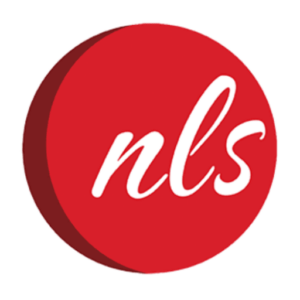Simons is expanding in Toronto as competitors like Nordstrom and Hudson’s Bay retreat. Retailers face mounting storage costs from excess stock amid slower demand and high rates. July retail sales slipped 0.8% to $69.6B, with grocery and clothing leading declines while autos gained. Separate data shows July sales up 5.7%, driven by promotions, value-seeking shoppers, and reduced cross-border spending. A Descartes survey finds 81% of logistics leaders now see transportation management as a key competitive advantage.
Why Simons Is Thriving While Rivals Struggle
Simons is expanding in Toronto as rivals like Nordstrom and Hudson’s Bay falter. CEO Bernard Leblanc credits its cautious growth, in-house design team, and unique house brands that make up 70% of merchandise. By adapting to global fashion trends and focusing on long-term strategy, Simons has built resilience in a tough market.
Source: BNN Bloomberg
Canadian Retailers Face Inventory Pileups Amid Weak Spending
Retailers are stuck with excess stock as inflation, high interest rates, and slower demand stall sales, driving up storage costs. Seasonal items like patio furniture and home décor are hardest hit, forcing steep discounts, liquidations, or exports. While tariff relief offers short-term help, experts stress smarter forecasting and more agile supply chains to stay competitive.
Source: Retail Insider
Canadian Retail Sales Fall 0.8% in July
Retail sales slipped 0.8% to $69.6 billion in July, with eight of nine subsectors down—grocery and clothing leading the decline while autos edged higher. Core sales fell 1.2% as high rates, weaker jobs, and slower wage growth weighed on consumers. August may see a 1% rebound, but economists warn demand could contract further in Q3.
Source: BNN Bloomberg
Canadian Retail Sales Up 5.7% as Shoppers Get Strategic
Retail sales rose 5.7%, fueled by deal-driven shoppers, retailer promotions, and more local spending as cross-border travel declined. Prime Day’s record sales pulled demand forward, boosting ecommerce and discretionary buys like apparel and beauty. Despite cost pressures, Canadians are timing purchases and favouring domestic stores, keeping retail momentum strong.
Source: Retail Insider
Transportation Management Seen as Key Growth Driver
A Descartes survey shows 81% of logistics leaders now view transportation management as a competitive edge, the highest on record. Yet only 17% are fully automated, with leaders far ahead of laggards in digital maturity. With rising AI adoption and planned TMS investment, transportation is shifting from a cost centre to a growth enabler.
Source: Inside Logistics
Are your logistics requirements being effectively addressed? As we head towards the Black Friday, let’s explore your eCommerce fulfillment strategies. You can book a brief call with our team of seasoned logistics professionals to evaluate your needs and formulate a customized plan to propel your business forward.
For quick and easy scheduling, here’s a link to my full calendar.


